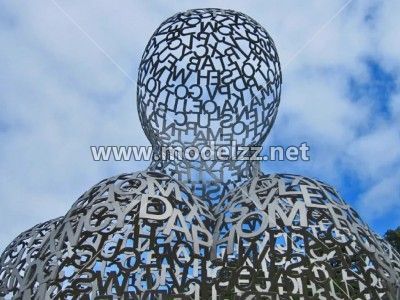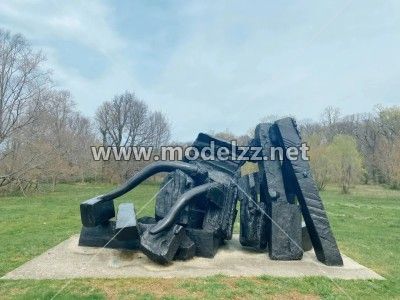Based on the fabrication techniques of custom sculpture removing or engraving materials or adding materials in the production process of sculptures, it is generally divided into four basic types, namely modeling, casting, carving, or assembly. No matter what kind of Outdoor Sculptures technique, it can produce beautiful art and leave a treasure. Let us take a closer look at them.

As to modeling process, the media that artists use to mold sculptures include clay, wax, pulp, and plaster. When a soft or malleable material such as clay is constructed and shaped to create a form, a model sculpture is created. Model sculpture can also be the first step in casting or carving sculptures. The cast sculpture is made of molten material such as metal and then poured into a mold until the mold cools down to harden the metal.

Casting is an additive process. Casting sculpture involves modeling the sculpture, then making a mold and casting it in metal or other media. Bronze art sculptures are generally used in this step. Bronze sculptures occupy a large proportion of people’s lives, and many handed-down antiques are also made of bronze.
Carving means the sculptor removes unnecessary material to create the shape. This is also called subtract sculpture. Generally, materials such as wood blocks, stones, and other hard materials are used. Engraving involves cutting or cutting off a shape from a large amount of stone, wood, or other hard materials. The material is systematically removed from the outside to the inside.
Assembly sculptures means sculptors gather and add different materials to create assembled art sculptures. Assembly is an additional process. Assembled sculptures will pull bits and pieces from almost anywhere into textures that satisfy the artist.

